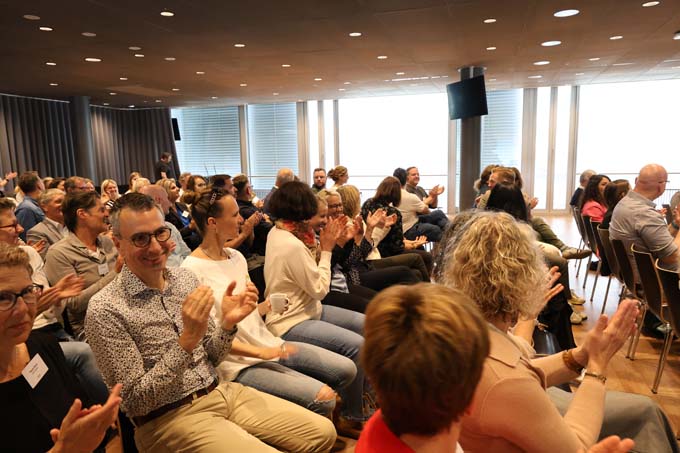What does 3D printing actually do?
Additive manufacturing (metallic 3D printing) is still a niche technology for many companies. The media hype seems to have faded somewhat at present. Nevertheless, research continues diligently. New technologies are to help 3D printing achieve a breakthrough.

3D printing, or additive manufacturing, is an expensive process. It is mainly used to create prototypes, special components in aerospace or medical technology. New processes now promise significantly lower costs and thus the advance into mass production. In the study "Advancements in Metal 3D Printing," the consulting firm Roland Berger explains the innovation potential in the area of metal 3D printing. "Additive manufacturing is currently still not competitive compared to conventional manufacturing methods in mass production," explains Bernhard Langefeld, Partner at Roland Berger. "We can't expect major advances from established 3D printing technologies: the market is waiting for the next, big leap in innovation."
3D printing: Where does Switzerland stand?
"In Switzerland, some established and new players are sitting in the starting blocks to benefit from the additive manufacturing trend. But patience is still the order of the day, which is not always the case, especially for listed companies," says Sven Siepen, Senior Partner and industry expert at Roland Berger in Zurich.
The most widely used process at present is "Powder Bed Fusion by Laser" (PBF-L). For this, a 3D part is generated layer by layer using a fine powder as the printing medium. PBF-L is used, for example, for complex parts in the aerospace industry or prototypes. Prices for this technology have fallen in recent years and further efficiency increases in the double-digit percentage range are expected by 2020. Nevertheless, the costs are still 15 to 60 times higher compared to the classic construction of identical parts.
Many new technologies are in the starting blocks
In their study, the experts at Roland Berger focus primarily on new additive manufacturing methods such as direct energy deposition (DED), material jetting, material extrusion and binder jetting. With DED, three-dimensional components are created by buildup welding using wire or powder. DED is a common process for repairs, for example. "Material Jetting" creates metallic objects similar to an inkjet printer by applying liquid metal droplets. In the "Material Extrusion" process, metal powder is incorporated into binder material to create a rod or type of wire. This is heated in a nozzle and then deposited layer by layer. In the "binder jetting" process, binder is added to the top layer of the powder bed in each case, so that a component is formed via the layer structure. In the last two processes, a so-called "green compact" is produced in each case, which must be further processed.
Many of these new processes are still in the development phase, but will gradually become more relevant in the coming years and ensure market growth for additive manufacturing solutions, as they enable production with larger volumes, among other things. The resulting cost advantages over PBF-L can be a factor of ten, depending on the process. "At present, such innovative processes complement established 3D printing techniques, but in the long term they may also replace them," predicts Langefeld. "However, we do not assume that one technology will completely prevail and displace all other solutions. As we describe in the study, the future belongs to a mix of different processes, each addressing specific requirement profiles in terms of material properties, production volumes and costs."
The right strategies for the right technologies
The wide variety of innovative solutions provides manufacturing companies with new options, but also presents them with challenges. In order to analyze the full spectrum of possibilities and then make targeted use of them, the following project approach has proven successful:
- Develop understanding of solutions: Given the complex environment, companies should first build a detailed understanding of the technology landscape.
- Identify application areas: With this knowledge, companies can analyze their own product portfolio and see if they can benefit from 3D printing processes.
- Grouping individual fields of application: To obtain a systematic overview, the individual applications can be assigned to different groups. For each of these clusters, companies should subsequently develop specific scenarios.
- Institutionalize the process: The analysis described must not be a one-off exercise, but is designed as a cycle. Only in this way is it possible to incorporate technical improvements and innovations.
"The media hype surrounding the topic of 3D printing seems to have faded somewhat, but research and development are advancing rapidly. The new technologies in particular are further fuelling innovation competition among the various processes. Therefore, machine and plant manufacturers should put additive manufacturing at the top of their agenda," Bernhard Langefeld summarizes.
Source: www.rolandberger.com









